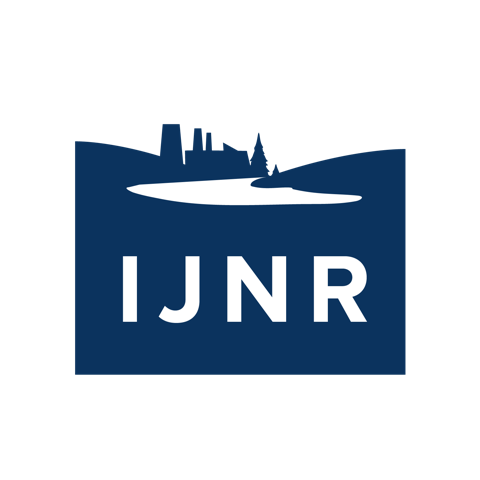Sagebrush Day 2
Lek Visit, Citizen Science, Core Habitat & Wind Development
On Day 2, Fellows arose well before the crack of dawn to climb in SUVs and head out into the "Big Nothing" - the wide-open spaces of northwestern Colorado. The reason for the early wake-up? To get in position before sunrise to view the mating displays of the male greater sage grouse on the biggest lek in the state. (The greater sage grouse’s life history begins here, on the lek, where each spring males compete for the attention of females in one of nature’s more elaborate courtships. Some lek sites have hosted a population’s mating ritual for hundreds, if not thousands, of years.)
After the grouse wrapped up their morning display, journalists were allowed to wander out onto the "dance floor," as it were, to inspect feathers, droppings, and other evidence of the large congregation of birds. Then we met with the rancher whose property hosts the lek. A big proponent of sage-grouse conservation, he believes that “what’s good for the bird is good for the herd.” This family manages land for both cattle and grouse, rotating cows' grazing to keep some vegetation available for the birds. This rancher believes grouse belong on the landscape, and his long history of observing sage grouse has helped shape and inform research efforts, like studies being conducted by Colorado State University scientists on this ranch.
Next the group traveled to Rawlins, Wyoming and the site of the future Chokecherry/Sierra Madre wind project, which, with its 1,000 turbines spread out over 23,000 acres will be the largest in the U.S. upon completion. Wind turbines and the roads and transmission lines and activity that surround them, pose a big obstacle to successful sage grouse conservation. The Power Company of Wyoming’s Chokecherry/Sierra Madre project reflects this, as extensive environmental assessments, sage grouse tracking studies and more went into the company’s final proposal for its 1,000 turbine wind farm. Some would argue that, although the project sits outside of Wyoming’s core habitat boundaries, the project is situated in a prime sagebrush ecosystem and will negatively impact Wyoming’s population. Others contend that the project shows that a strong economy and a strong environment aren’t mutually exclusive. Journalists heard from representatives of the Power Company of Wyoming, as well as representatives from the Audubon Society, the BLM, the Theodore Roosevelt Conservation Partnership, and other vested parties.
